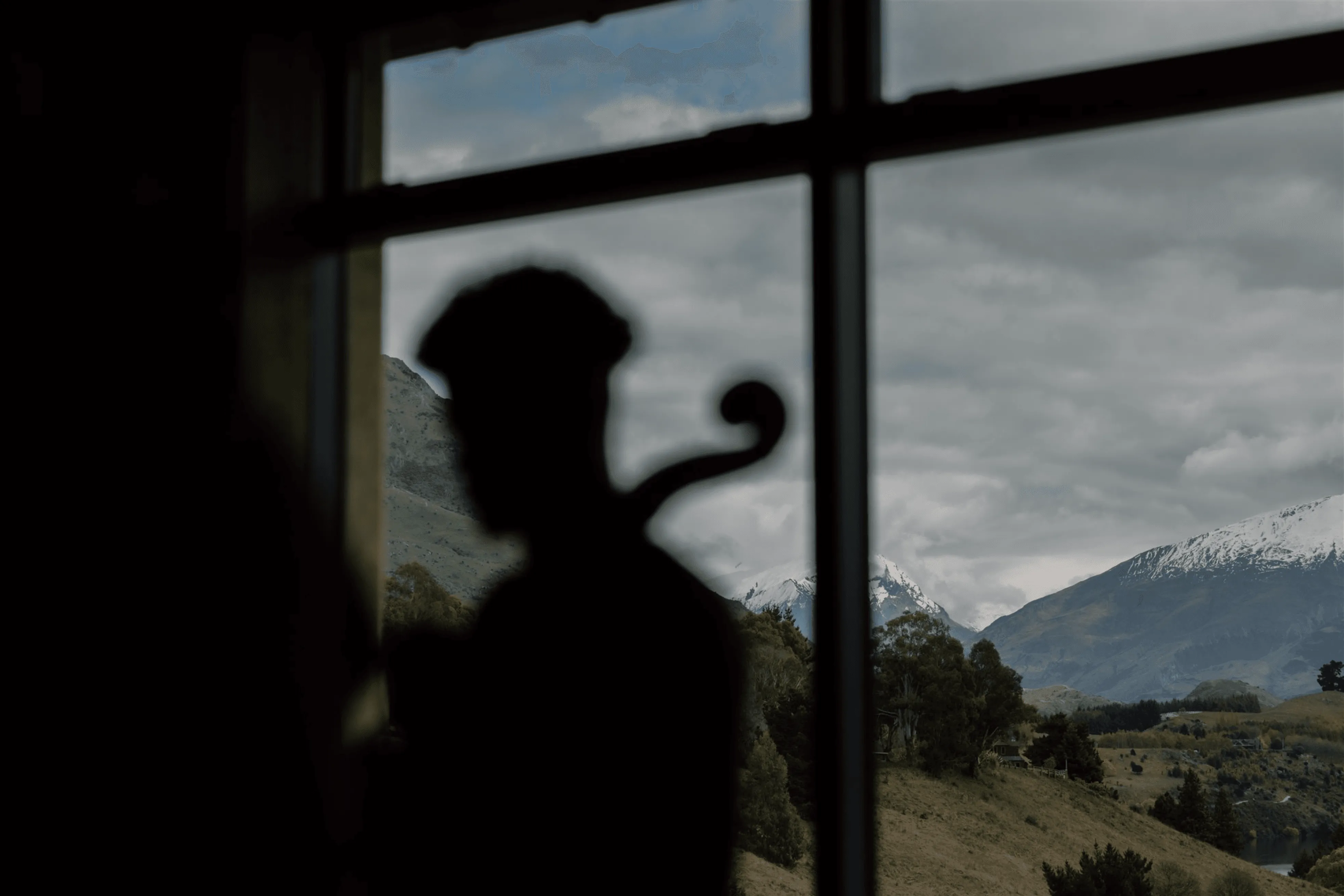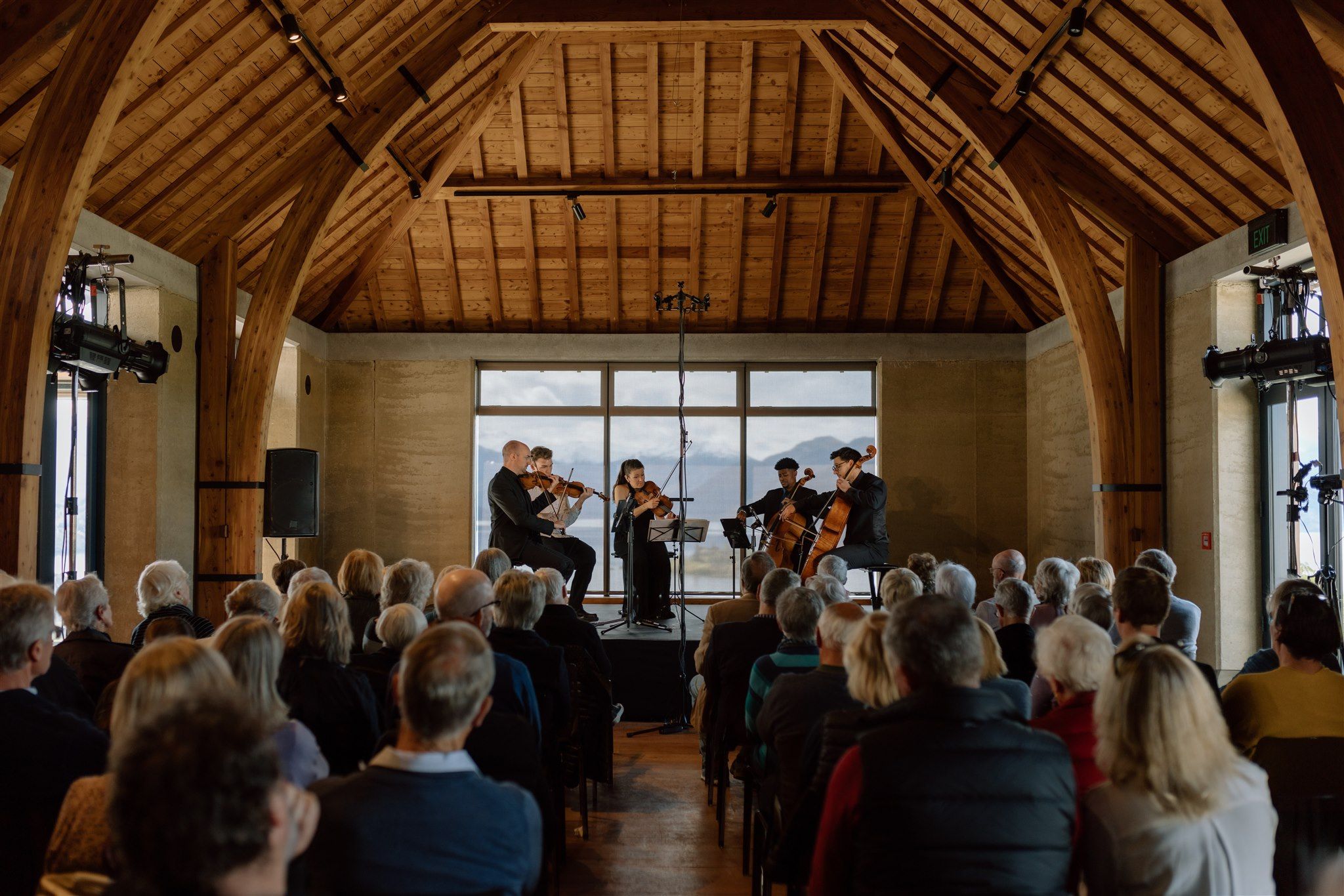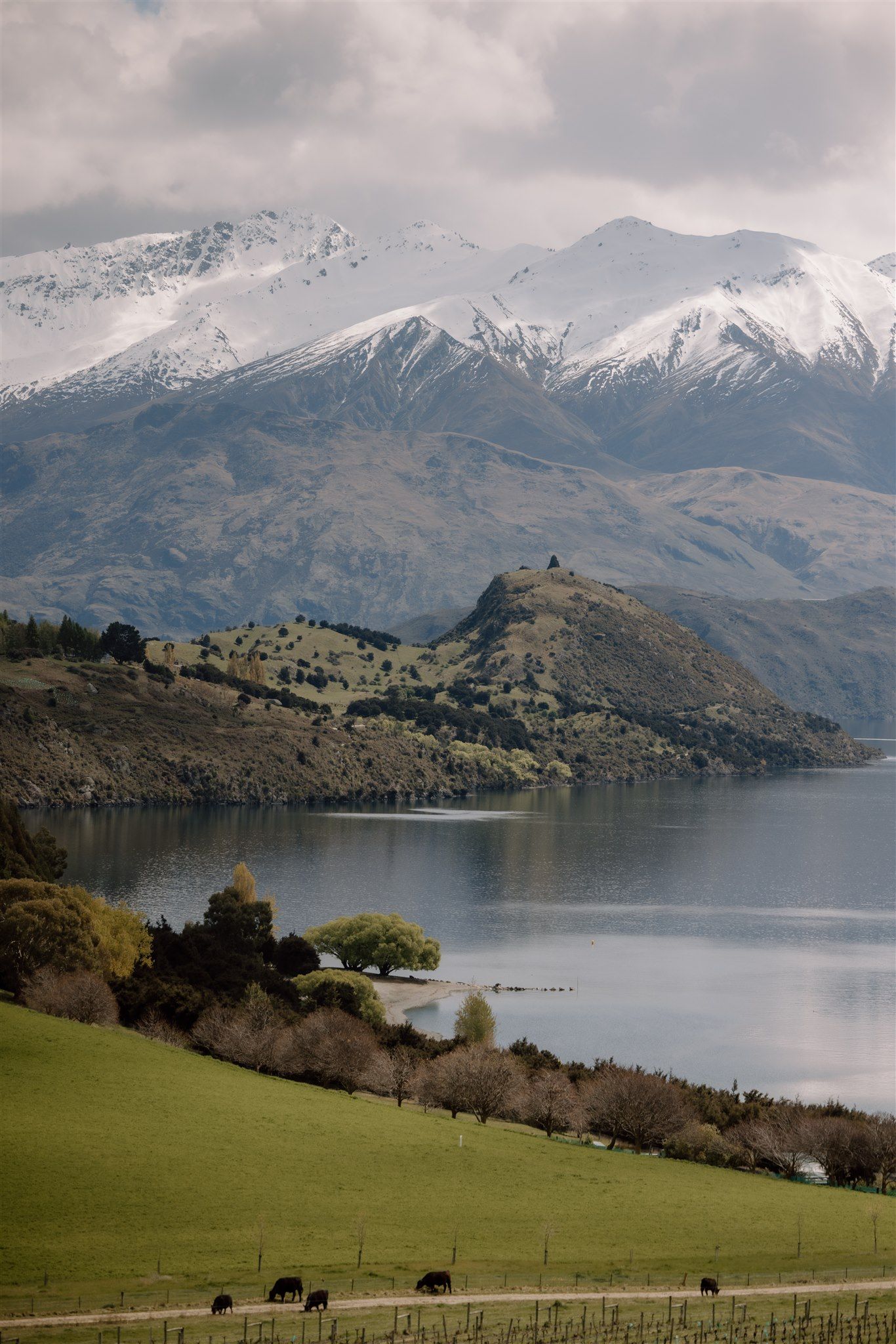Lost worlds and found words: The music of landscapes
As classical musicians prepare to perform against the backdrop of the Southern Alps, Jo Mills reflects on the place of the wild in our creative lives.

Take a trip around the motu as we explore arts initiatives that contribute to the vibrancy of local communities and the wider arts ecosystem in our Road Trip series.
In 2007, the Oxford Junior Dictionary, to uproar and dismay, removed a number of words including almond, blackberry and crocus. This dictionary provided me, as a child, with hours of entertainment and distraction. Long before flicking through a dictionary became a way of searching for naughty words, the junior edition illustrated words and worlds that I knew, and opened up words and worlds that seemed far from the front room of a terraced house in London. Mine was not a childhood of endless concrete jungles, but forays into the natural world were, with the long lens of time, magical. Afternoons might be spent in nearby parks and weekends in the hills of the home counties, illicitly gathering unharvested sheaves of barley from the sides of fields to be whittled once home, picnicking under ancient oaks and playing hide-and-seek in dense woodland. Idyllic activities that we took for granted and that we often partook in, at least initially, grudgingly.
When I first landed in Tāhuna Queenstown more than two decades ago I was, as so many before me and so many thereafter, awestruck. It wasn’t just the mountains but also the braided rivers, the searing blue of the waters, the gleaming schist (Oxford Junior Dictionary take note: this is a word never to lose) of the hillsides and the everchanging light that, to this day, still leaves me lost for words. In my days of despair – homesickness, heart break and self-doubt – the mountains, louring and omnipresent, could fuel the misery. Those same mountains, prominent and unabashed, could just as easily raise my spirits and remind me that all was not lost. Our relationship with nature and our surroundings is mutable, both shaped by and shaping our mood, our feelings, our being.
When you bring music into the mix, things become even more complicated. The worlds of the composer and the musicians collide with one’s own and with the natural world around you. It can be ecstatic, it can be fraught and it can be downright confusing. Enter, stage left, At the World’s Edge (AWE) Festival to help or, perhaps, further confound. The festival, in its fifth year, will see classical chamber music intertwined with the landscapes of Queenstown, Cromwell and Wānaka. From 4-14 October, audiences are invited to experience chamber music in intimate venues shaped by the beauty, complexity, and wonder of the natural world beyond.
The landscapes of Queenstown, Wānaka and Central Otago (home to artists aplenty, from the Grahame Sydney and the late poet Brian Turner to violinist Justine Cormack and actor Sam Neill), are no stranger to assuming the role of creative muse but this lies often in their expansiveness and their majesty, the endless skies and boundless. AWE, though, juxtaposes this vastness with an intimacy in its choice of venues that renders the audience’s experiences as central to the performances as those of the musicians and the composers.
The Rippon Hall in Wānaka, made of timber and rammed earth from the land upon which it sits, looks out over the human-planted vines to the lake and mountains beyond. The view is majestic and expansive; it’s inspirational, aspirational and, possibly, motivational. When this is the backdrop to works such as A Cool Wind, by John Psathas, it’s like the jigsaw piece that has fallen into place. On any given day, you can see and feel the anabatic breeze coming off the lake that mirrors the “musical supplication”, the plea for soothing balm amid anguish, that Psathas has described in his work. Surrounded by the quintessential Wānaka landscape, Sibelius’ Voces Intimae which, elsewhere might seem unfathomable and fixed to distant time and place, makes sense. We may not be in Sibelius’ homeland of Finland but the textures of his string quartet seem to be just as equally as steeped in the landscape of Aotearoa. Or, if not as equally, comparably.

In 2015, the Oxford Junior Dictionary removed another 50 words. Acorn, bluebell, otter, pasture, raven and willow were ousted in favour of attachment, broadband, chatroom, cut and paste and voicemail The editors argued these words were more relevant and familiar to the seven-year-old target age group. I wonder whether “focus group” made it in there, after the "consultation" that they would have undergone to reach this conclusion.
If ever there were a question about the disconnect felt with the natural world, the eliminations made this abundantly clear. One could (and many did) argue that the removal of these words would further the gap between the everyday lives of so many children and the natural world around them. Their very inclusion in a children’s dictionary, the source of wonder at and discovery of the unknown, could be enough to spark curiosity, a desire to know more about these words, about buttercups, larks and starlings.
This was certainly the thought of nature writer and poet, Robert Macfarlane who, incensed by these removals, wrote the glorious The Lost Words, a series of poems (accompanied by beautiful illustrations by Jackie Morris) published in 2017 that celebrated and elevated the very words that were being consigned to the past. The opening lines of Heather allude to the near-magic wildness of the world that these words conjure:
“Heather is never only heather,
as moor is never merely moor.”

The risk of losing these words, of losing all that these words represent and mean, inspired the most beautiful poems, an urgent reminder of not just the importance of retaining connections to nature but also of its power to inspire and to move, to create art that pushes the listener, the reader, the spectator to engage fully with that which is being described.
“Those who wish to explain to politicians and others why landscape should be nurtured… face a daunting task where the necessary concepts and vocabulary are not to hand,” wrote Robert Macfarlane in another one of his books, Landmarks. “What is required is a new nomenclature of landscape and how we relate to it.” These moments before us are signifiers of so much more, and each of these signifiers is entirely individual and personal. It’s no wonder then that nature has long held the role of muse to artists across the globe and across the centuries, whether expressed in words, visuals, or music.
As we risk losing more language, more music and more creativity to the uniformity of AI, I challenge us to broaden. Broaden like the Clutha Mata-Au as it wends its way from Lake Wānaka, through Central Otago and out to the sea. Broaden like the Sugarloaf Mountains of Central Otago and like the native habitat restoration projects that span the hillsides of the Whakatipu. As nature expanded the musical language and oeuvres of composers throughout the ages, so too can it serve now to keep our collective creativity and inspiration alive. Philosopher Edmund Burke wrote that “The starry heaven, though it occurs so very frequently to our view, never fails to excite an idea of grandeur.” Excitement is what we need right now; feeling another’s excitement – that of a composer, a performer, a neighbouring audience member – is contagious. It fuels creativity, it’s delightful and it sparks connection. And, that, dear reader, is what we need right now. Let’s find it, let’s feed it and let’s keep it in the Oxford Junior Dictionary.
Jo Mills is a Wānaka-based writer who has been fascinated with words since before she could string a sentence together. She has a degree in English from Oxford University, 15 years experience in the wine industry and works as a publicist for AWE festival.